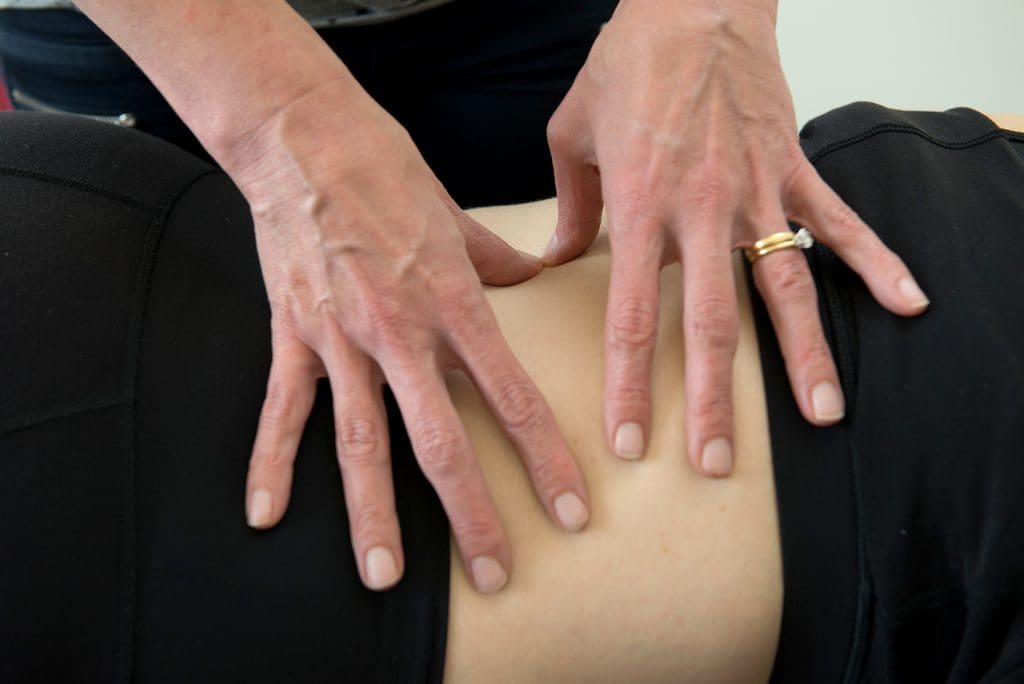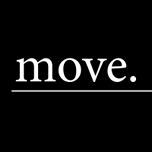Are you suffering from Low Back Pain?
Back pain is a common problem that up to 85% of the population will get at some stage in their lives. Although it can be debilitating, most people can recover well if the right advice and strategies are in place. Often, the earlier you seek advice or treatment, the sooner you will get better.
Acute Low Back Pain
The pain experienced once the problem starts is called acute back pain, and it can happen after increasing your activity levels or doing things your body is unaccustomed to such as a big session in the garden, moving furniture or heavy lifting. Sometimes it even comes on without any real obvious trigger.
The pain does not necessarily mean that you have arthritis, infection, sciatica (an irritated nerve) or other pathologies, and often it is not possible to find a specific source of the pain (eg, joint, muscle, ligament, disc) even with the best scans or x-rays. Keep in mind, that most things seen on scans, such as degenerative changes and disc bulges are normal findings we see even in people who don’t have pain, and disc bulges have been shown to come and go in people without necessarily causing pain.
Our physiotherapists are experts in assessing, diagnosing and treating acute back pain. They can determine whether your back pain might be caused by something more serious, and in that case will refer you for the necessary tests or assessments. Fortunately, most back pain can be treated by us without needing a referral elsewhere. Our physiotherapists are trained to assess all types of low back pain and can help determine what is causing your pain and what to do about it.
When back pain is caused by injury (disc, joint, muscle) or a condition like arthritis or sciatica, we are still able to provide treatment for this at Move for Better Health.
Back pain is not usually caused by serious problems in the spine, even in the case of severe pain
Usually, physiotherapy is all you will need to help you recover from acute back pain.
Advice for Acute Low Back Pain
- If you’re experiencing acute back pain, the best thing to do is to find the right balance between movement and rest – if needed, find a place where you are comfortable and supported to allow any muscle tightness or spasms to relax
- Often the application of warmth (heatpacks, wheatbags or hoteeze) can help increase circulation, relieve stiffness and reduce pain. This, along with gentle stretches or pelvic tilts, as well as pain relief as needed, can help settle your acute pain before heading to a Physio for an assessment
- Backs love movement – a healthy back is a mobile back. Try to stay active with gentle exercise, regular walks. Your physio can help you find the best exercises and movement strategies for your back
- Keep mobile throughout the day – if you work at a desk, try to get up often, get a drink of water, move and reset
- Check posture and desk ergonomics if you feel that is contributing to your pain, and discuss this with your physiotherapist
Chronic Low Back Pain
Chronic low back pain is a diagnosis which describes back pain that has not resolved within the usual expected time frame. Although most people recover well from acute low back pain within 2 – 3 months, some can experience a recurrence of pain, and a smaller percentage may experience chronic, long-lasting pain.
Some people have persistent back pain, where the problem hasn’t gone away or keeps recurring despite having tried different treatments with doctors, physios, chiros and even surgery.
When your pain has persisted more than 3 months (and often years for some people) the treatments used for acute back pain are not very effective. Our physiotherapists have done extra training in the treatment of back pain, and can help diagnose the cause of your persistent pain.
Sciatica, or referred pain
Lower back pain can sometimes contribute to referred pain into the hip or leg as a result of compression or irritation of nerves around the back or spine. One of the common nerves that contribute to referred pain is the Sciatic nerve, which innervates from the back of the hip all the way to the toes. This will be assessed in the session with the physiotherapist, Special tests, such as ankle and knee reflexes, strength tests and sensation testing are needed to confirm the diagnosis.and, if needed, treatments which assist in relieving the nerve will be part of the treatment plan for you.
How long will it take to get better?
Acute pain usually settles over a few weeks, but chronic pain can persist for longer.
What will treatment involve?
Physiotherapy Treatment
Physiotherapists are able to assess your back and body to determine the most likely cause of your pain. From there, we discuss a tailored treatment plan with you to determine the best way to relive this pain.
Often, management of back pain will include 4-6 weeks of hands-on treatment (depending on the problem) to release or mobilise relevant soft tissues, neural structures or joints. This is often done with a combination of home exercises to encourage spinal mobility, and also providing you with the information you need to help understand the problem and to help yourself too.

Exercise
Research strongly supports activity and exercise (Pilates and Gym for example) as one of the most important strategies in treating and preventing back pain.
It is important that you are shown the correct exercises to do, at the right intensity, so not to flare up the problem. Exercise prescription needs to be tailored by your physiotherapist as there is not a one size fits all approach for treatment.
Because of this, our physios are likely to include a home exercise program as part of your treatment plan to optimise recovery. This often starts with gentle stretches and exercises to strengthen and improve control around the back and hips.
As you start to feel better, it is important that we progress your exercises to help you get stronger. Increasing your strength is one of the best ways to recover and to prevent future problems and this can be done in a supervised setting in our Gym. Gym sessions at Move for Better Health are supervised by Physiotherapists and Exercise Physiologists to ensure you are doing the most effective and safe exercises for your condition and goals.
More Information
To book see any of our experienced & qualified allied health staff about this issue, you can:
- Call us on (08) 8373 5655
- Use our Online Booking Gateway (available 24/7) to choose your appointment time
- Drop in to see us in person
- Email us on info@moveforbetterhealth.com.au





